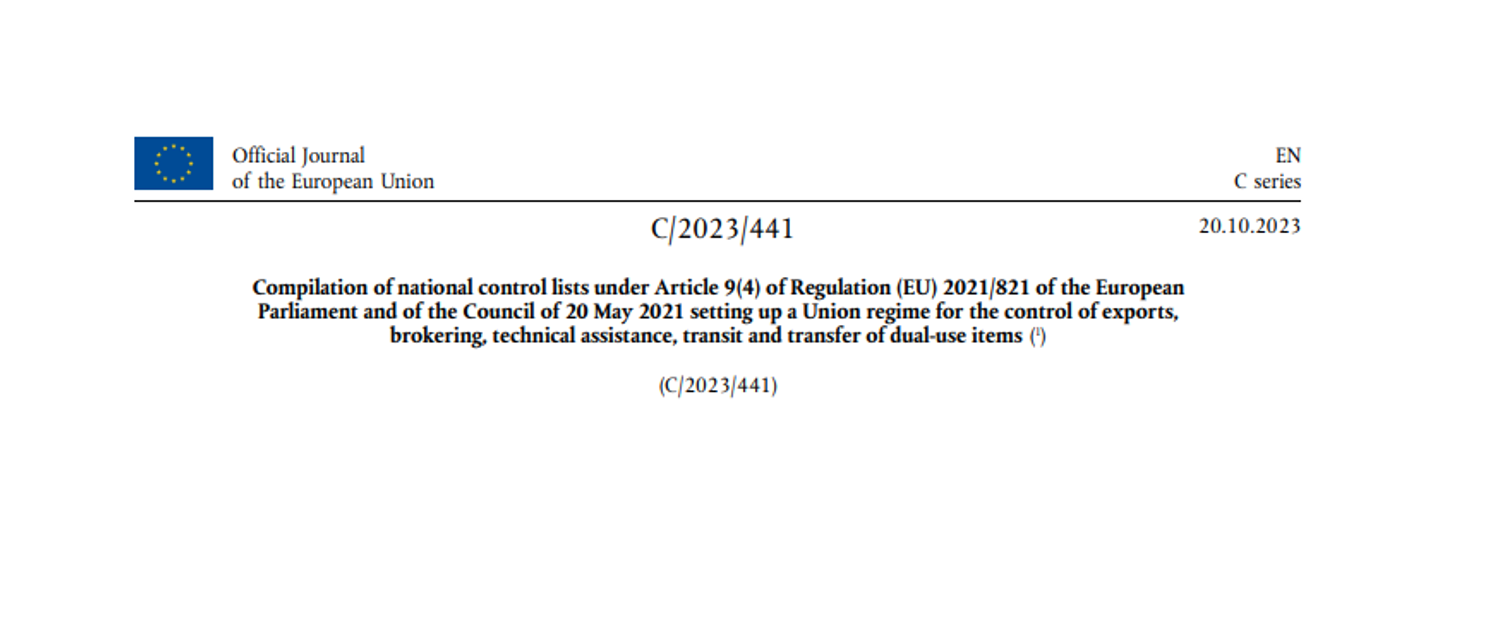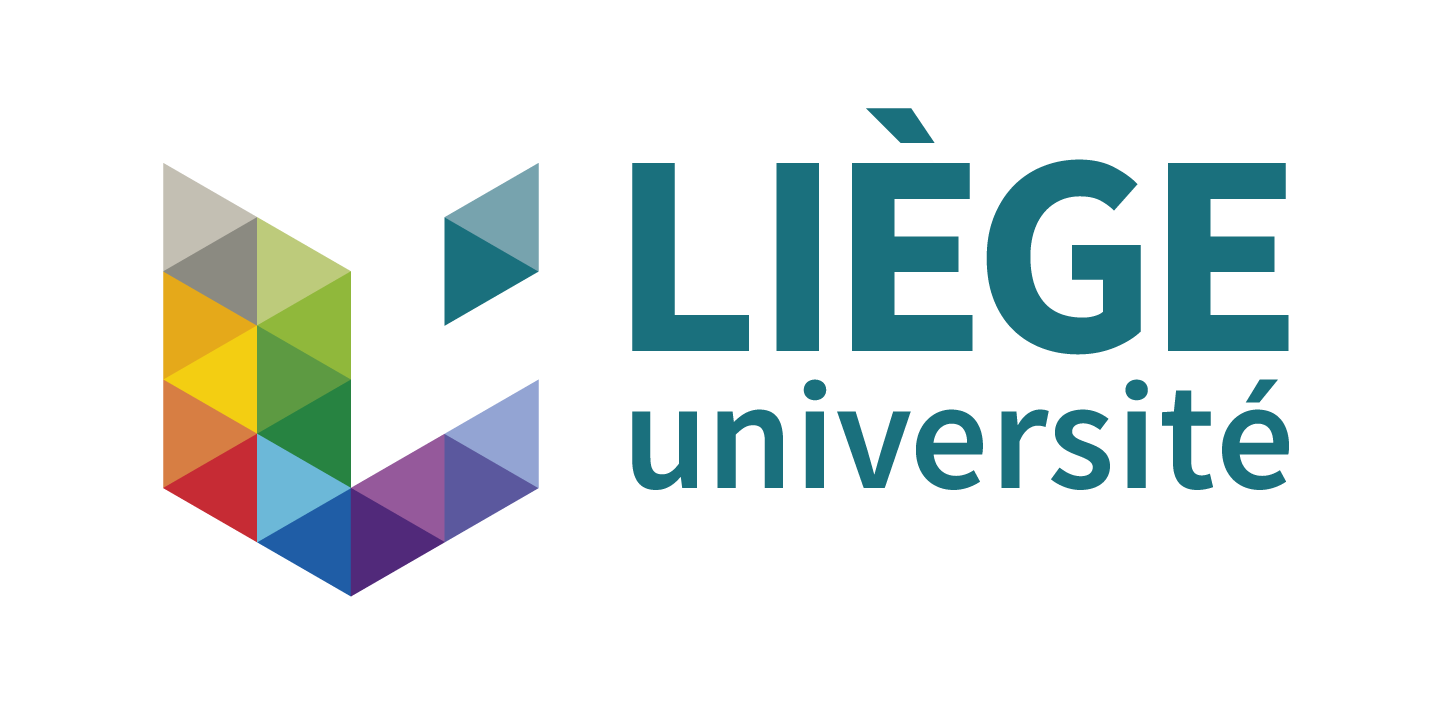First EU autonomous controls on the export of dual-use items: Compilation of national control lists under Article 9(4) of the EU Dual-Use Regulation
On 20 October the European Commission published for the first time in the Official Journal of the European Union a compilation of national control lists[1] in application of Article 9(4) of Regulation (EU) 2021/821[2] on the control of exports of dual-use items (the Regulation). This notice contains the national control lists officially adopted by Spain on 31 May 2023[3] and by the Netherlands on 23 June 2023[4] in accordance with the provisions of Article 9 of the Regulation, which allows Member States to prohibit or require an authorisation for the export of dual-use items not listed in Annex I for reasons of public security, including the prevention of acts of terrorism, or for human rights considerations.
In accordance with Article 10 of the Regulation, following the publication of the national control lists by the European Commission, the other Member States may now impose an authorisation requirement for the export of items on the basis of the national control lists adopted by Spain and the Netherlands. Unless otherwise specified, the destinations concerned are all exports out of the European Union within the meaning of Article 2(2)[5] of the Regulation.
With regard to the newly listed items in these first EU’s autonomous controls, they mainly concern the control of machines for the production of semiconductors in the case of the Netherlands and quantum computers in the case of Spain, opening the doors to promoting coordination between Member States in the field of export controls at a time of heightened awareness of critical security concerns.
In particular, the list adopted by Spain includes:
- Additive manufacturing equipment designed or modified to produce, from energetic materials, explosive, pyrotechnic or propellant devices or shapes.
- Scanning electron microscope equipment designed for imaging semiconductor devices or integrated circuits.
- Equipment designed for dry etching.
- Software designed to extract GDSII or equivalent standard layout data and perform layer-to-layer alignment from scanning electron microscope images and generate a multi-layer GDSII data or a circuit netlist.
- Technology for the development or production of scanning electronic microscopes specified in 3B1901.[6]
- Technology for the development or production of software specified in 3D1901.[7]
- Technology for the development or production of equipment designed for dry etching specified by 3B1902.[8]
- Technology for the development or production of integrated circuits or devices, using gate all-around field-effect transistor structures (GAAFET).
- Quantum computers and related electronic assemblies and components.
- Technology for the development or production of quantum computers, devices, and qubit circuits, as well as quantum measurement and control components specified in 4A1901.[9]
While the list adopted by the Netherlands includes:
- EUV pellicles.
- Production equipment for EUV pellicles.
- Lithographic equipment.
- Equipment for Atomic Layer Deposition (ALD) of ‘work function’ metals.
- Equipment designed for silicon (Si), carbon doped silicon, silicon germanium (SiGe), or carbon doped SiGe epitaxial growth.
- Equipment designed for enhanced void-free plasma deposition of a low-k dielectric layer in gaps between metal lines less than 25 nm wide and having an aspect ratio greater than or equal to 1:1, with a less than 3.3 dielectric constant.
- Software specially designed for the development, production or use of the goods specified in this scheme under headings 3B1001.l, 3B1001.m, 3B1001.f.4, 3B1001.d.12, 3B1001.a.4 or 3B1001.d.19.
- Technology which is required for the development, production or use of goods specified in this scheme under headings 3B1001.l, 3B1001.m, 3B1001.f.4, 3B1001.d.12, 3B1001.a.4 or 3B1001.d.19.
[1] Compilation of national control lists under Article 9(4) of Regulation (EU) 2021/821 of the European Parliament and of the Council of 20 May 2021 setting up a Union regime for the control of exports, brokering, technical assistance, transit and transfer of dual-use items. Available at: http://data.europa.eu/eli/C/2023/441/oj
[2] Regulation (EU) 2021/821 of the European Parliament and of the Council of 20 May 2021 setting up a Union regime for the control of exports, brokering, technical assistance, transit and transfer of dual-use items (recast) (OJ L 206, 11.6.2021). Available at:https://eur-lex.europa.eu/eli/reg/2021/821/oj
[3] Annex III.5 of the Royal Decree 679/2014 of 1 August 2014, with entry into force on 7 June 2023.
[4] Regulation of the Minister for Foreign Trade and Development Cooperation of 23 June 2023, no. MinBuza.2023.15246-27 introducing a license obligation for the export of advanced production equipment for semiconductors that are not mentioned in Annex I of Regulation 2021/821 (Regulation on advanced production equipment for semiconductors), with entry into force on 1 September 2023.
[5] The article 2(2) of the Regulation (EU) 2021/821 stated: “an export procedure within the meaning of Article 269 of the Union Customs Code” Indeed, the article 269 of UCC established that exports means when Union goods are to be taken out of the customs territory of the Union. The custom territory of the Union is defined in the Article 4 of UCC, available at https://eur-lex.europa.eu/legal-content/EN/TXT/?uri=celex:32013R0952
[6] 3B1901 includes, Scanning electron microscope equipment designed for imaging semiconductor devices or integrated circuits, and also for the repair of chips.
[7] 3D1901 includes Software designed to extract GDSII or equivalent standard layout data and perform layer-to-layer alignment from scanning electron microscope images and generate a multi-layer GDSII data or a circuit netlist.
[8] 3B1902 includes etching by radicals, ions, sequential reactions or non-sequential reactions, etching using RF pulse-excited plasma, pulsed duty-cycle excited plasma, plasma modified with pulsed voltage on electrodes, cyclic injection and purging of gases combined with a plasma, plasma atomic layer etching or plasma quasi-atomic layer etching.
[9] Items specified in 4A1901 include semiconductors, superconductors and photonic qubit chips and chip arrays; ion trap arrays; other qubit confinement technologies; and coherent interconnects between those elements.



No responses yet